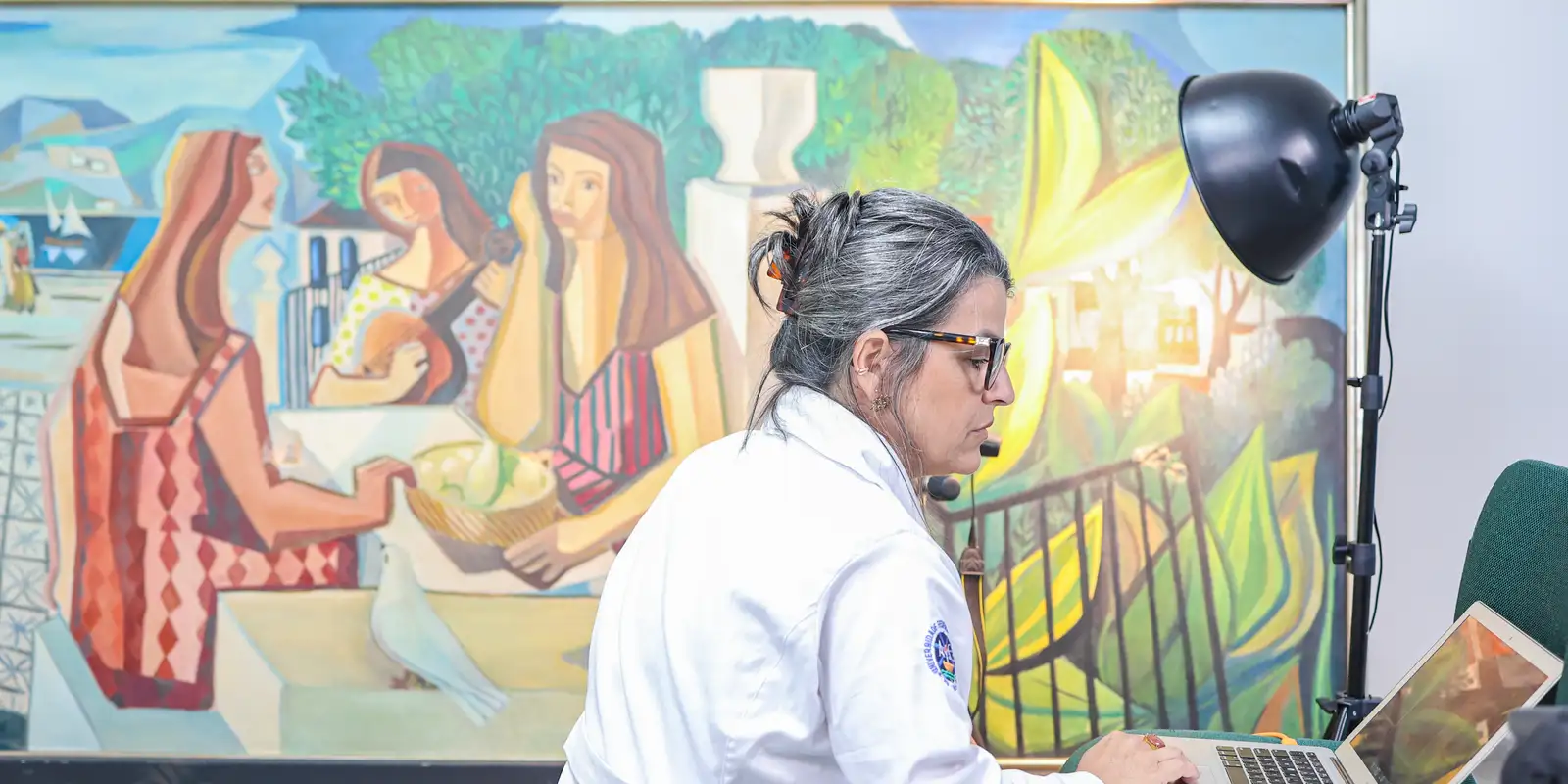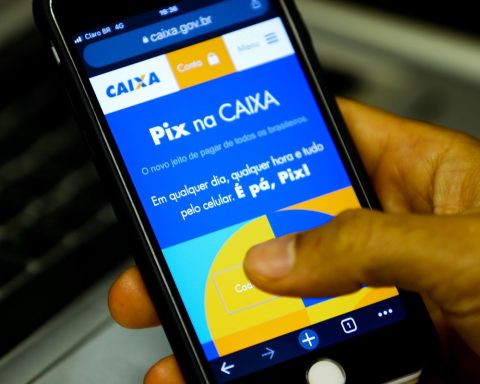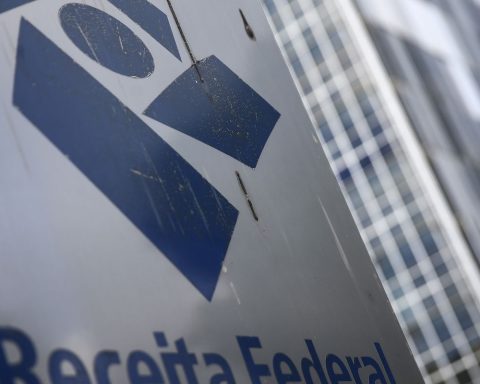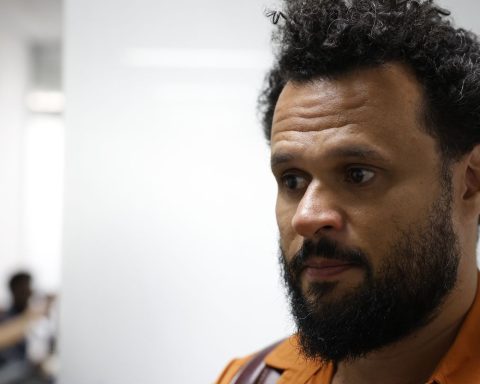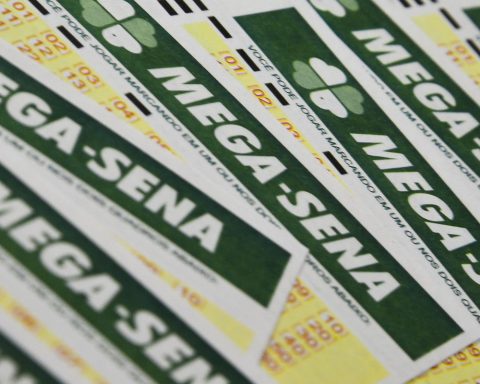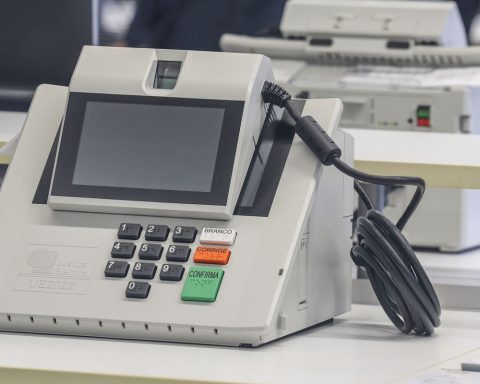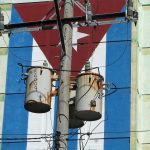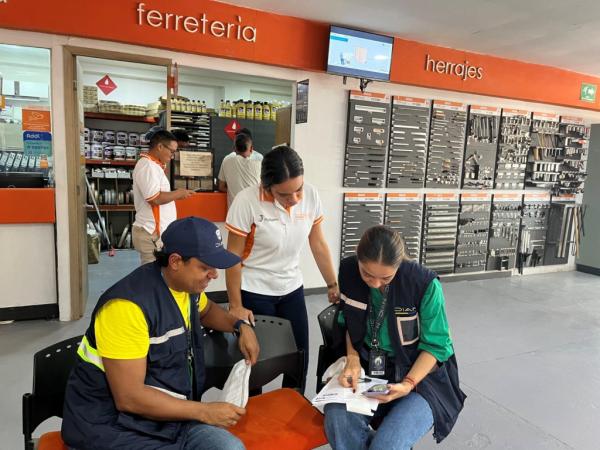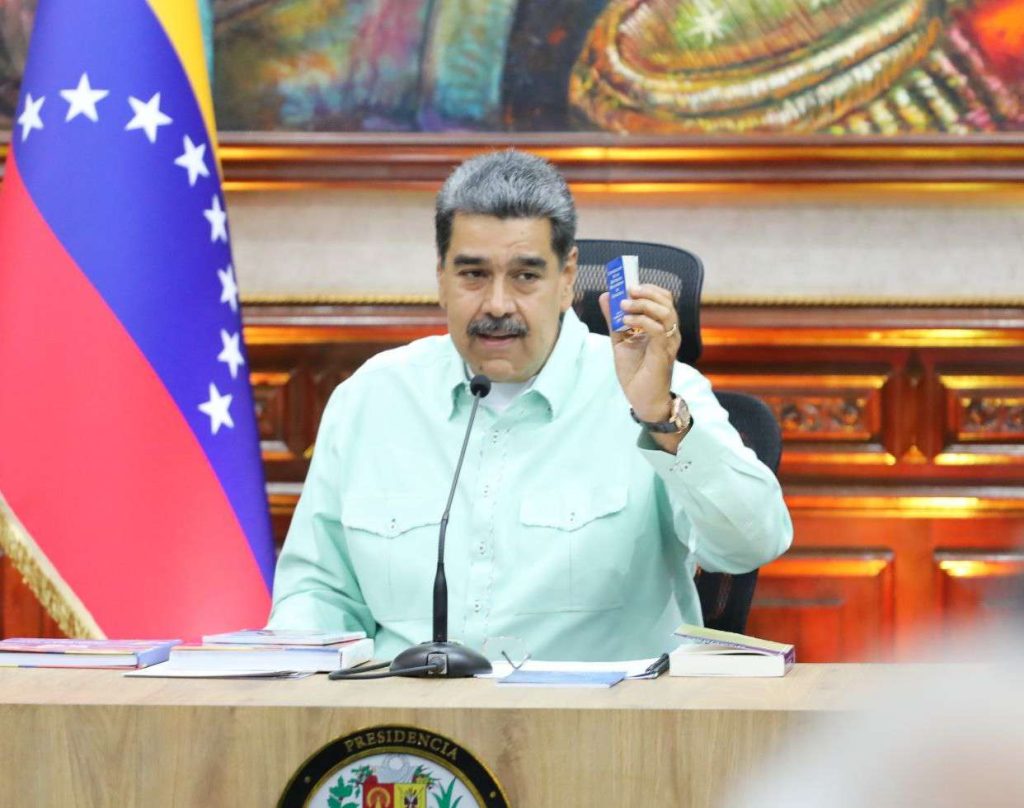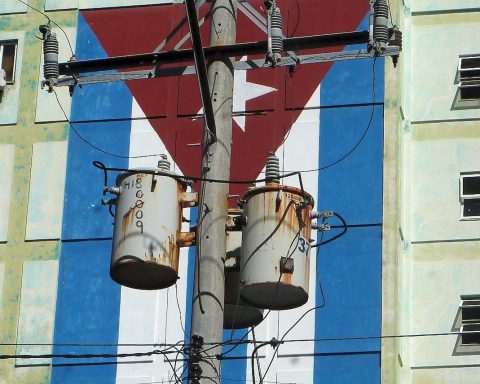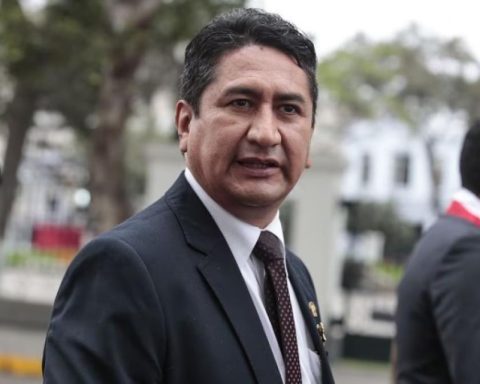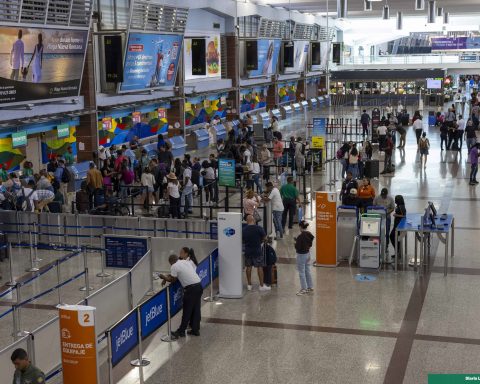This Wednesday (8), when two years have passed since the anti-democratic acts of January 8, 2023, President Luiz Inácio Lula da Silva will coordinate a ceremony in memory of the episode, at Palácio do Planalto, as a form of repudiation of the coup in the country. The event’s activities include the reincorporation of 21 works of art vandalized during the invasion of the palace, the holding of a public session with authorities and an activity with popular participation, in Praça dos Três Poderes, which is being called Embrace of Democracy. The first fully restored works from the presidential collection began to arrive in Planalto on Monday afternoon (6), escorted by agents of the Federal Police (PF).
According to architect Rogério Carvalho, head of the Curatorial Directorate of the Presidential Palaces, five works were delivered this Monday, including the painting The Mulatasby Di Cavalcanti, a canvas measuring more than 3.5 meters wide by 1.2 meters high, considered one of the main works in the Salão Nobre do Planalto, which was punctured at least seven times by vandals. The bronze sculpture The Pied Piperby Bruno Giorgi, measuring 1.6 meters high, which had been broken into four parts, was completely recovered and is also among the deliveries made.
Another important delivery was an Italian idria, a type of white and blue ceramic vase, from the Renaissance period, which had been shattered during the invasion and was restored in a meticulous work that included advanced X-ray techniques and microscopic analysis of enamel. and pigments. The sculpture Apocalyptic Venus Fracturingby Marta Minujín, an Argentine artist, was also returned, as well as the wooden sculpture Branches and Shadowsby Frans Krajcberg, Polish artist naturalized Brazilian.
All the works returned this Monday went up the Planalto Palace ramp. According to Carvalho, it was a matter of space, as some pieces, such as Di Cavalcanti’s canvas and Krajcberg’s sculpture, do not fit in the elevator.
In one of the moments of this Wednesday’s ceremony, President Lula will unveil Di Cavalcanti’s painting, in the Noble Hall of the Palácio do Planalto. Another symbol from that invasion will also be returned to the collection. It is a 17th century clock, which was displayed in the same location and was violently knocked down by Antônio Cláudio Alves Ferreira, one of the invaders arrested in the coup acts, in images widely reproduced in the press and on social networks.
Built by the watchmaker Balthazar Martinot Boulle, the piece had been a gift from the French court to Emperor Dom João VI, in 1808. Both the watch and the André Boulle case, destroyed during acts of vandalism, were completely revitalized in Switzerland, through of another formal agreement with the Embassy of the European country in Brazil.
Restoration process
To facilitate the recovery of the works, an unprecedented restoration laboratory structure was set up at Palácio da Alvorada, the official residence of the Presidency of the Republic, through the Curatorial Directorate of Presidential Palaces and the General Coordination of Administration of Official Residences.
The initiative was the result of a partnership between the National Historical and Artistic Heritage Institute (Iphan) and the Federal University of Pelotas (UFPel), which has experience in conservation and restoration of pieces of art. The agreement lasted around a year and nine months, costing R$2.2 million, in transfers made by Iphan to UFPel, for the acquisition of equipment, hiring of scholarship holders and logistical expenses.
